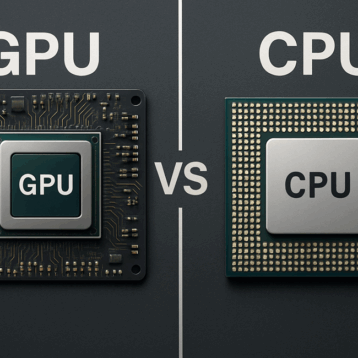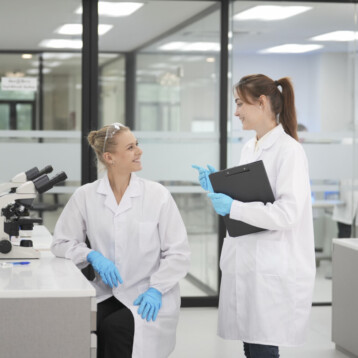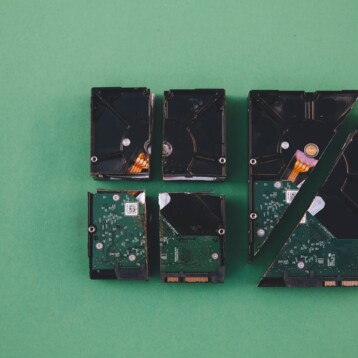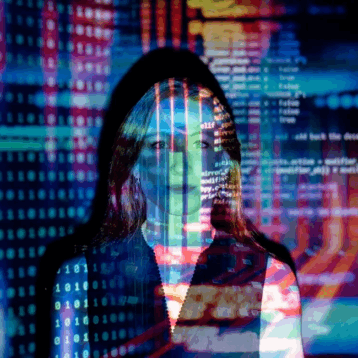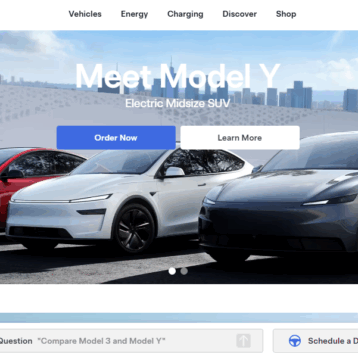Recent data from the National Highway Traffic Safety Administration (NHTSA) reveals a concerning trend: a significant uptick in accidents and fatalities involving Tesla’s Autopilot and Full Self-Driving (FSD) features.
According to an investigation by the Washington Post, 736 accidents and 17 deaths have been linked to Tesla’s Autopilot since 2019. This is a sharp increase from the three deaths reported by the NHTSA in June 2022.
The rise in accidents coincides with Tesla’s aggressive expansion of its FSD software, which grew from 12,000 to nearly 400,000 vehicles within a year. This expansion was highlighted in Tesla’s 2022 fourth-quarter update as a significant milestone for the company.
Misconceptions About Autopilot and Regulatory Scrutiny
Transportation Secretary Pete Buttigieg has publicly criticized the naming of Tesla’s Autopilot feature, arguing that it can mislead drivers into thinking the system is fully autonomous.
Despite Tesla’s description of Autopilot as a Level 2 driving automation system that requires driver supervision, the data suggests that many users treat it as a fully autonomous system, often with tragic consequences.
NHTSA has escalated its investigation into how Tesla’s Autopilot interacts with stationary emergency vehicles, a problem that has been on the radar for years.
The agency’s Office of Defects Investigation has upgraded its inquiry from a Preliminary Evaluation to an Engineering Analysis, covering an estimated 830,000 Tesla vehicles across various models.
The Role of Technology and Design Choices
The technology underpinning Tesla’s Autopilot and Full Self-Driving features has been intensely scrutinized, especially in light of the rising number of accidents and fatalities.
Experts in the field have identified several key factors that may be contributing to these incidents.
Below are some of the critical technological and design choices that could be influencing the safety performance of Tesla’s Autopilot system:
Removal of Radar Sensors: Tesla decided to eliminate radar sensors from its Model 3 and Model Y vehicles starting in 2021 and extended this to the Model S and Model X in 2022. Radar sensors are generally considered reliable for detecting objects and estimating their distance, even in poor visibility conditions.
Camera-Only Approach: With radar removal, Tesla’s system now relies solely on cameras for object detection. While cameras are effective in many scenarios, they can struggle in challenging lighting conditions, such as glare from the sun or low-light environments, potentially leading to accidents.
Lack of Lidar Technology: Unlike other companies in the autonomous vehicle sector, like Waymo, Cruise, and Ford, Tesla has opted not to use lidar technology. Lidar is lauded for its ability to work well in various lighting conditions and precisely measure distance.
Driver Monitoring Systems: Earlier versions of Tesla’s Autopilot were criticized for not effectively monitoring whether the driver is paying attention to the road. Although Tesla introduced internal cameras for this purpose in 2021, the effectiveness of these systems is still under review.
Level 2 Automation Misunderstanding: Tesla’s Autopilot is a Level 2 automation system requiring constant human oversight. However, the name “Autopilot” and its marketing may lead some drivers to overestimate the system’s capabilities, treating it as if it were fully autonomous.
Rapid Software Expansion: Tesla’s aggressive rollout of its Full Self-Driving software—from 12,000 to nearly 400,000 vehicles in just a year—may not have provided enough time for thorough safety evaluations, potentially contributing to the increase in incidents.
Understanding these technological and design choices is crucial for current and potential Tesla owners. It also offers valuable insights for regulators and other stakeholders in the autonomous vehicle industry as they work to establish safety guidelines and best practices.
The Broader Implications for Autonomous Driving
The ongoing investigation into Tesla’s Autopilot and FSD features could have far-reaching consequences for the future of autonomous driving technology.
In fact, it may prompt Tesla to reconsider its sensor technologies and could also influence regulatory approaches to driver-assistance systems across the board.
While Tesla has been a pioneer in the field of autonomous driving, the recent data and investigations serve as a cautionary tale. The debate continues as to whether Tesla’s systems are at fault, or an over reliance on Autopilot by users resulted in accidents.
The company may need to reevaluate its technologies and clarify the limitations of its systems to users to ensure that the promise of autonomous driving does not come at the cost of human lives.



